Frogfish
Antennariidae

Frogfishes are ambush predators in the anglerfish order (Lophiiformes), famed for extreme camouflage and lightning-fast strikes. They use a modified dorsal spine called the illicium tipped with a lure (esca) to attract prey, then engulf it with a powerful suction strike. With limb-like pectoral and pelvic fins, frogfish can “walk” along the seafloor and blend seamlessly into sponges, algae, or rubble.
🔬Classification
📏Physical Features
🌊Habitat Info
⚠️Safety & Conservation
Identification Guide

Frogfish show compact, globose bodies with a large upward mouth and small gill openings near the pectoral base. Skin can be smooth, warty, or covered in hair-like filaments (e.g., Hairy Frogfish, Antennarius striatus). The illicium (rod) and esca (lure) vary by species—worms, shrimps, or fish mimics. Pectoral/pelvic fins are elbow-like for “walking.”
Differences from Similar Species
- Scorpionfish/Stonefish: have obvious fin spines and broad opercular openings; lack a true fishing lure and don’t “walk.”
- Toadfish: sit-and-wait too but have wider mouths, no illicium, and different head/fin shape.
Juvenile vs. Adult
Juveniles can be pelagic, drifting with sargassum and often brightly patterned (e.g., orange/white). Adults settle to reefs, become chunkier, and adopt sponge-matching colors; the lure shape becomes more species-specific.
Top 10 Fun Facts about Frogfish

1. Fastest Gulp
Frogfish can open their mouths and generate suction in as little as 6–10 milliseconds, among the fastest strikes in fishes.
2. Built-in Fishing Rod
Their first dorsal spine evolves into an illicium with a species-specific lure, waved like bait to draw prey close.
3. Disappear in Plain Sight
Many individuals change color and skin texture over weeks to match sponges or algae, including spots and filamentous “hair.”
4. Walk, Don’t Swim
They often “walk” using pectoral/pelvic fins, conserving energy and maintaining camouflage.
5. Big Meal, Small Body
A highly distensible stomach allows them to swallow prey nearly their own size.
6. Yawning Display
“Yawns” are dramatic mouth gapes—possibly stretching the jaw, resetting the buccal cavity, or signaling to rivals.
7. Specialized Lures
Lures mimic worms, shrimps, even small fishes; juveniles may have different lures than adults.
8. Egg Veils
Females release gelatinous egg ribbons/veils that float before hatching; larvae are pelagic.
9. Global but Patchy
Found in tropical/subtropical oceans worldwide, especially Indo-Pacific muck and sponge habitats.
10. Photographer’s Icon
Famous macro subjects—behavior shots of luring and yawning are prized.
Diving & Observation Notes
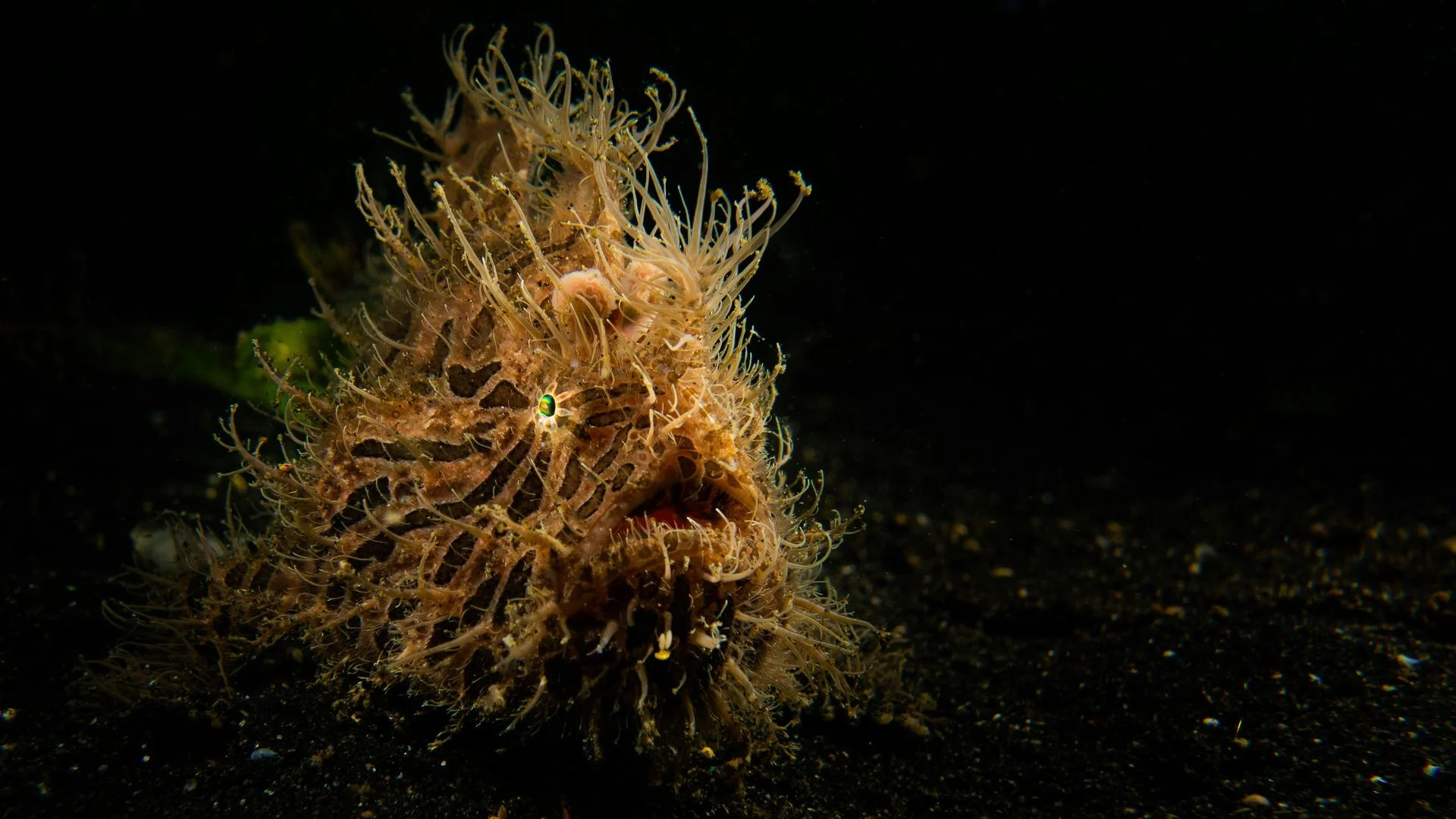
🧭 Best Observation Approach
Move slowly and scan sponges, rubble edges, pier pilings, and algae clumps. Look for eyes, mouth shape, and the lure. Give space so the fish continues luring—if stressed, it may stop or turn away. Maintain perfect neutral buoyancy.
📸 Photography Tips
- Macro Focus: Prioritize eye and lure; a focus light helps lock on textured skin.
- Angles: Low, eye-level or 3/4 front angles showcase mouth and illicium.
- Behavior Shots: Wait patiently for lure flicks and yawns; use burst mode with moderate shutter speeds.
- Lighting: Soft, diffused light preserves texture; avoid blasting silt in muck sites.
⚠️ Safety & Ethics
- Non-aggressive but can bite when provoked—never poke or manipulate to force behavior.
- Do not relocate individuals or “stage” them on open sand/sponges.
- Avoid blocking escape routes; keep fins high to prevent silt-outs.
🌏 Local Dive Guide Insights
- Lembeh Strait (Indonesia): Highest diversity; frequent hairy, warty, painted frogfish.
- Ambon (Indonesia): Excellent muck with seasonal juvenile blooms.
- Anilao (Philippines): Consistent finds on pylons and sponge fields.
- Bali (Tulamben/Seraya/Padang Bai): Reliable sightings on rubble and sponge bommies.
Best Places to Dive with Frogfish
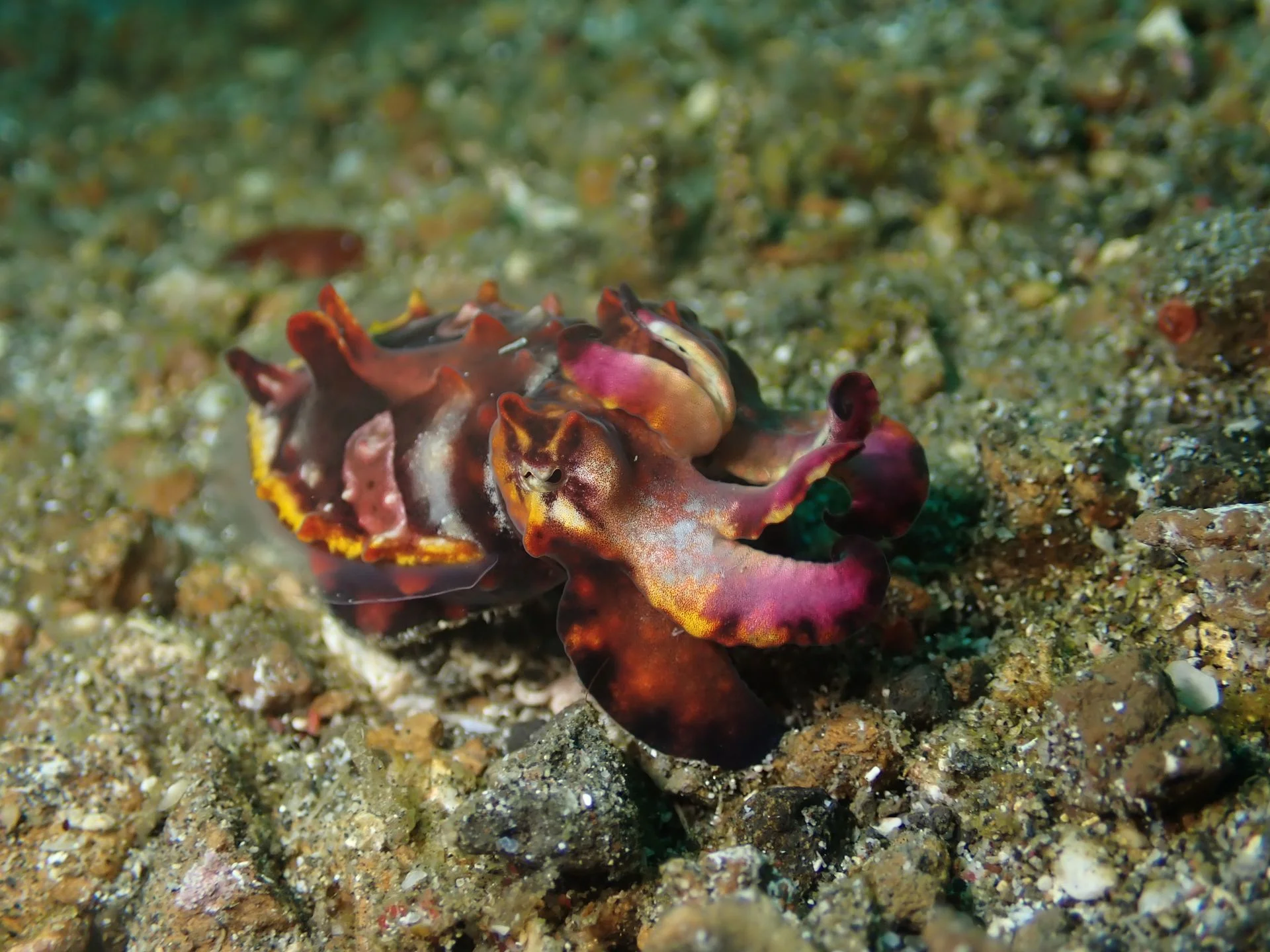
Lembeh
The Lembeh Strait in North Sulawesi has become famous as the muck‑diving capital of the world. At first glance its gently sloping seabed of black volcanic sand, rubble and discarded debris looks bleak. Look closer and it is teeming with weird and wonderful life: hairy and painted frogfish, flamboyant cuttlefish, mimic and blue‑ringed octopuses, ornate ghost pipefish, tiny seahorses, shrimp, crabs and a rainbow of nudibranchs. Most dives are shallow and calm with little current, making it an ideal playground for macro photographers. There are a few colourful reefs for a change of scenery, but Lembeh is all about searching the sand for critter treasures.
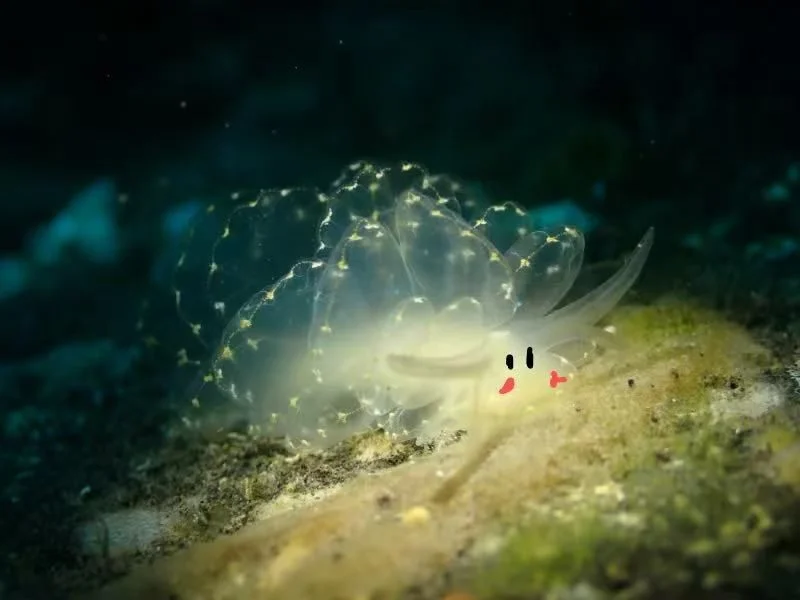
Tulamben(Bali)
Tulamben sits on Bali’s northeast coast and is best known for the USAT Liberty shipwreck – a 125‑metre cargo ship torpedoed in WWII that now lies just a short swim from shore. Warm water, mild currents and straightforward shore entries make diving here relaxed for all levels. Besides the wreck, divers can explore coral gardens, black‑sand muck sites and dramatic drop‑offs. Macro lovers will find nudibranchs, ghost pipefish, mimic octopus and pygmy seahorses, while big‑fish fans can encounter schooling jackfish, bumphead parrotfish and reef sharks. With a compact coastline packed with variety, Tulamben delivers world‑class wreck and critter diving without long boat rides.
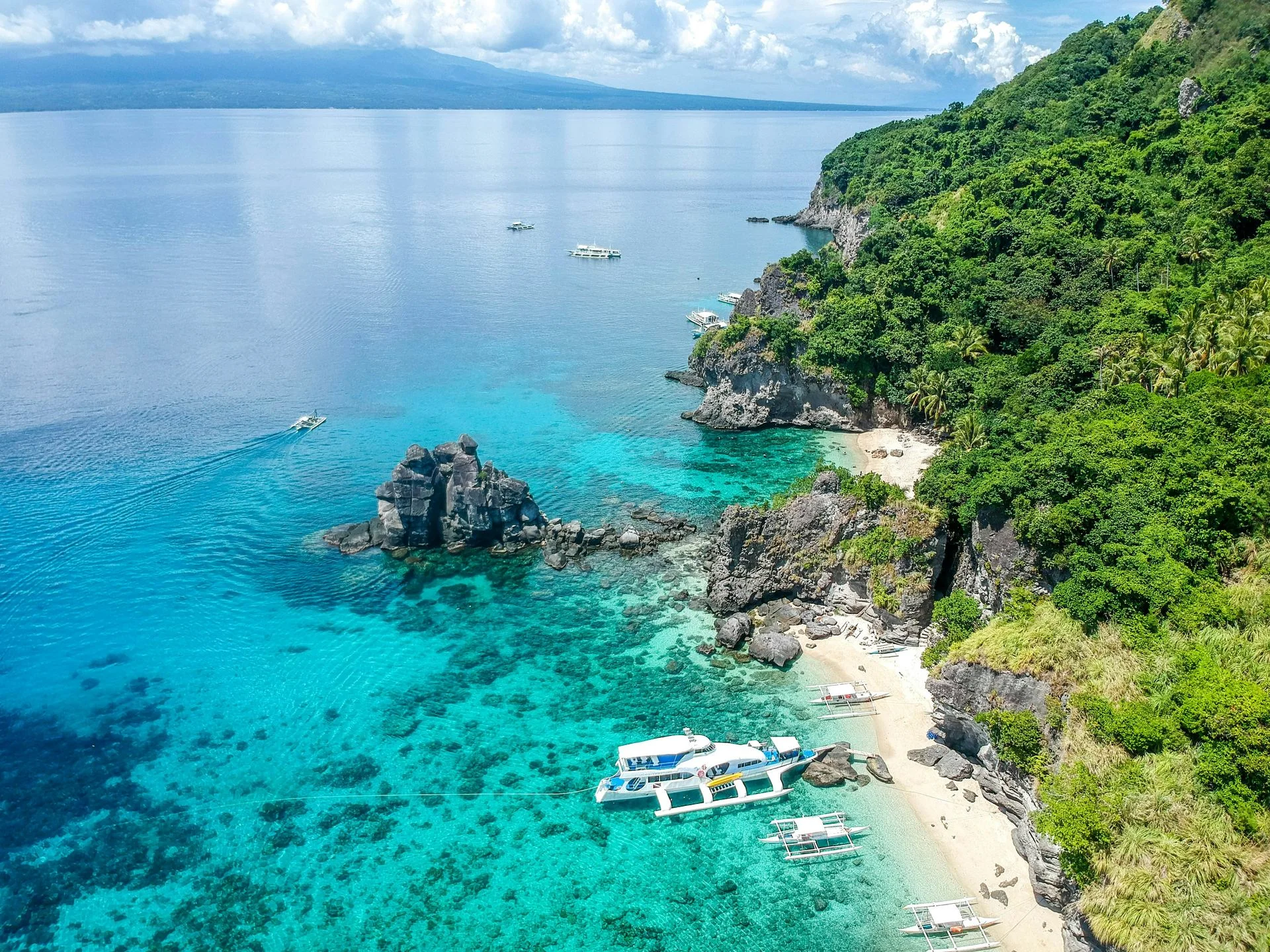
Dumaguete
Dumaguete on the southeast coast of Negros is the jumping‑off point for some of the Philippines’ most diverse diving. Along the nearby town of Dauin, a series of shallow marine sanctuaries and black‑sand slopes hide critters galore: frogfish, flamboyant cuttlefish, mimic octopus, ghost pipefish, seahorses, pipefish and nudibranchs. Artificial reefs made from car tyres and pyramids provide extra habitat. Offshore, Apo Island’s walls and plateaus burst with hard and soft corals, schooling jacks and barracudas, and friendly green turtles. With day trips to Oslob’s whale sharks or Bais’ dolphin‑watching, and excursions to nearby Siquijor, Dumaguete offers a perfect mix of macro muck diving and classic coral reefs.
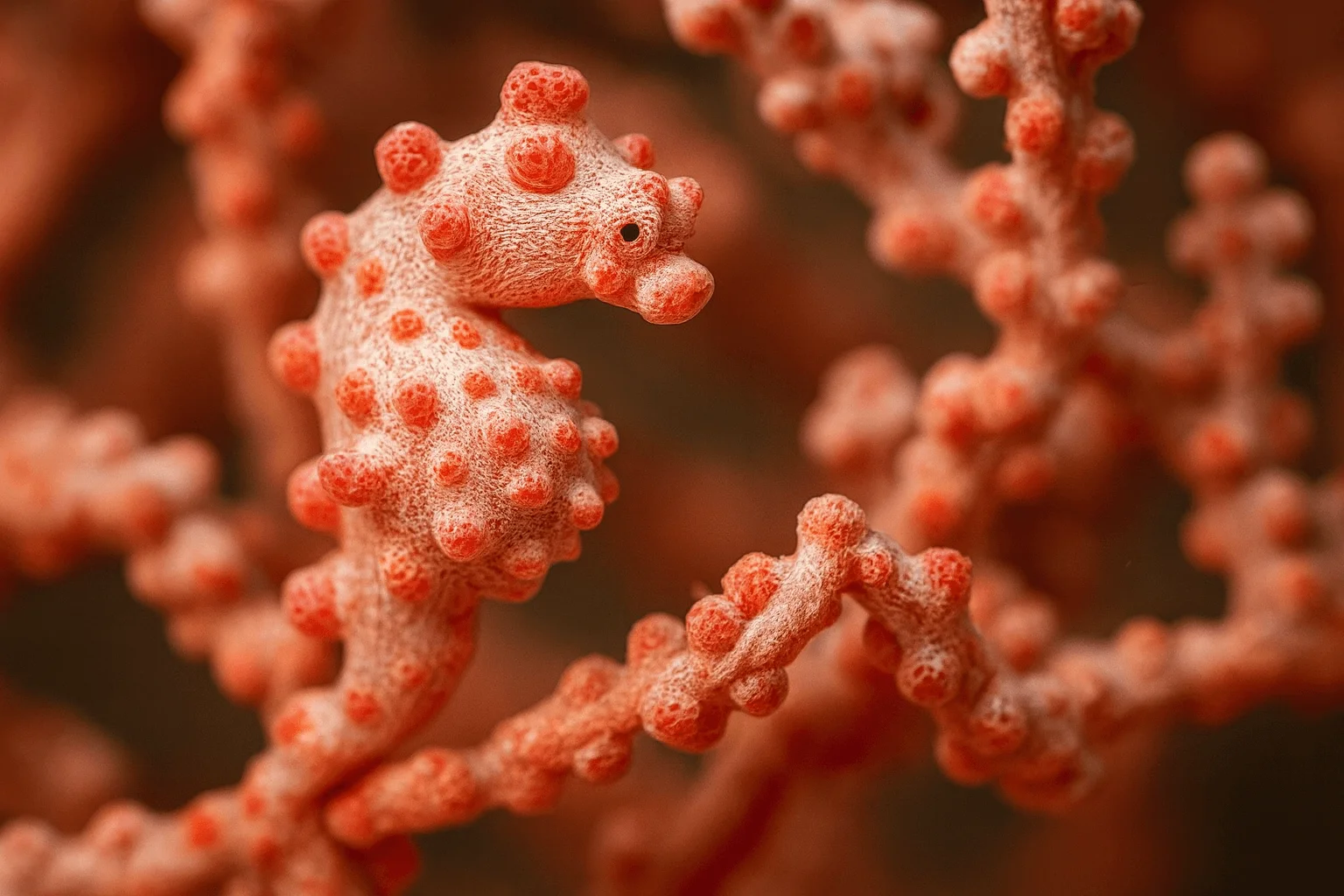
Anilao
Anilao, a small barangay in Batangas province just two hours south of Manila, is often called the macro capital of the Philippines. More than 50 dive sites fringe the coast and nearby islands, offering an intoxicating mix of coral‑covered pinnacles, muck slopes and blackwater encounters. Critter enthusiasts come for the legendary muck dives at Secret Bay and Anilao Pier, where mimic octopuses, blue‑ringed octopuses, wonderpus, seahorses, ghost pipefish, frogfish and dozens of nudibranch species lurk in the silt. Shallow reefs like Twin Rocks and Cathedral are covered in soft corals and teem with reef fish, while deeper sites such as Ligpo Island feature gorgonian‑covered walls and occasional drift. Because Anilao is so close to Manila and open year‑round, it’s the easiest place in the Philippines to squeeze in a quick diving getaway.